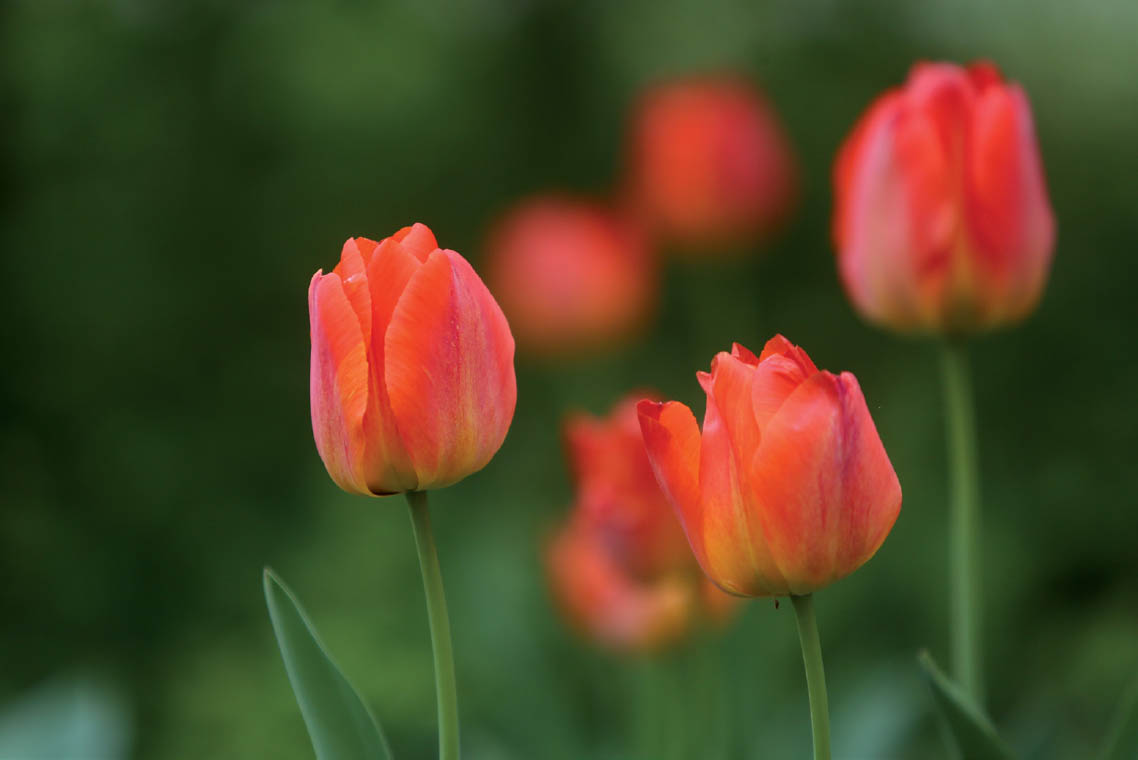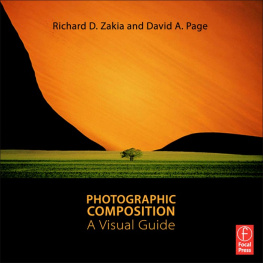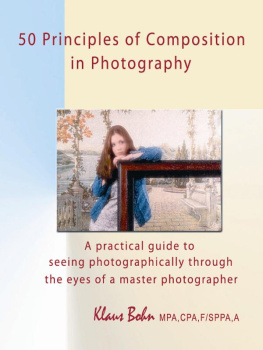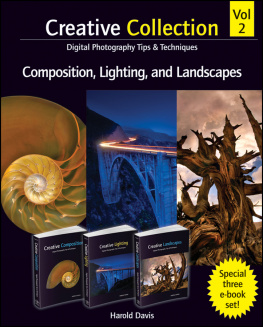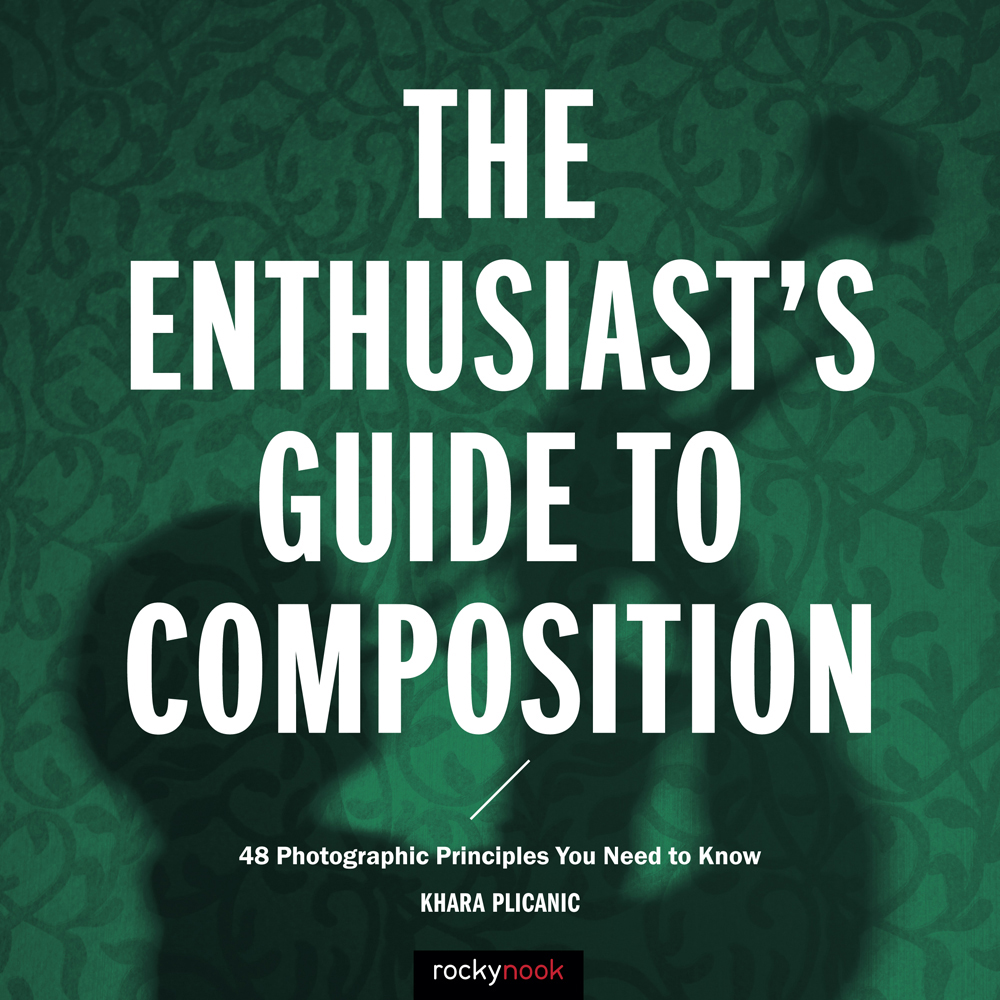
THE
ENTHUSIASTS
GUIDE TO
COMPOSITION

48 Photographic Principles You Need to Know
KHARA PLICANIC

THE ENTHUSIASTS GUIDE TO COMPOSITION:
48 PHOTOGRAPHIC PRINCIPLES YOU NEED TO KNOW
Khara Plicanic
Project editor: Ted Waitt
Project manager: Lisa Brazieal
Marketing manager: Jessica Tiernan
Layout and type: WolfsonDesign
Design system and front cover design: Area of Practice
Front cover image: Khara Plicanic
ISBN: 978-1-68198-130-7
1st Edition (1st printing, October 2016)
2016 Khara Plicanic
All images Khara Plicanic unless otherwise noted
Rocky Nook Inc.
1010 B Street, Suite 350
San Rafael, CA 94901
USA
www.rockynook.com
Distributed in the U.S. by Ingram Publisher Services
Distributed in the UK and Europe by Publishers Group UK
Library of Congress Control Number: 2016930701
All rights reserved. No part of the material protected by this copyright notice may be reproduced or utilized in any form, electronic or mechanical, including photocopying, recording, or by any information storage and retrieval system, without written permission of the publisher.
Many of the designations in this book used by manufacturers and sellers to distinguish their products are claimed as trademarks of their respective companies. Where those designations appear in this book, and Rocky Nook was aware of a trademark claim, the designations have been printed in caps or initial caps. All product names and services identified throughout this book are used in editorial fashion only and for the benefit of such companies with no intention of infringement of the trademark. They are not intended to convey endorsement or other affiliation with this book.
While reasonable care has been exercised in the preparation of this book, the publisher and author assume no responsibility for errors or omissions, or for damages resulting from the use of the information contained herein or from the use of the discs or programs that may accompany it.
This book is printed on acid-free paper.
Printed in China
For you, dear reader.
CONTENTS




INTRODUCTION
The camera doesnt make a bit of difference. All of them can record what you are seeing. But you have to see.
Ernst Haas
If incredible photos dont owe their brilliance to an expensive camera, then what is it that makes a photo great? Lighting is important, of course, but a bad photo can be lit well. (And conversely, a number of famous and well-loved images have less-than-stellar lighting.) When you trim away the razzle-dazzle of fancy equipment or extreme levels of technical prowess, what is it that truly makes one photo better than another? What is it that enables a single image to convey an entire storyhence the expression, A photo is worth a thousand words? In one word: composition.
MY HANDY DICTIONARY APP defines composition (as it relates to photography) as the artistic arrangement of the parts of a picture. But what does that really mean? Ultimately, it comes down to making choices: where to stand, what to include in the picture (and equally important, what to exclude), how to arrange the objects within the frame (which could be vertical, horizontal, square, or another shape), and even when to pull the trigger. And as it turns out, making good choices is a skill you can learn, and it starts with being able to see how the choices you make impact the resulting images.
Have a look at . Captured from above, it features a tight crop that removes any references to location and other scene-setting information, resulting in a pensive portrait thats as innocent as can be.
Compare that with from a few steps further back and a slightly different angle, we can now tell that Zs in his bedroom. And from the looks of things, hes been quite busy! Here we have a story about the realities of being a parent of a toddler. Some viewers will instantly relate, while others might silently revel in their child-free status. Either way, you can see how a single subject in a single scene can yield two very different storiesand it all comes down to the compositional choices you make.
You may not have studied composition before, but for as long as you have owned and operated a camera, youve been making choices when taking photos. The difference is that now, after reading this book, youll be able to make conscious choices about the composition of your photos. And that changes everything.
Instead of haphazardly aiming and firing, youll be aware of what youre doing versus what you could be doing, so that you can make changes on the fly even before you press the shutter. In a nutshell, this conscious decision-making is the difference between a snapshot and a photograph.
With practice, you will start to make solid compositional choices automatically, and instead of pointing-and-shooting (). Whether snapping photos of your kids soccer game or documenting the trip of a lifetime, your images will improve.
From the use of various guiding principles to the editorial decisions you make after you click the shutter, there are a lot of choices that go into the making of a great photo. And youve already started by choosing to pick up this bookit looks like youre well on your way!

I.1 Captured from above, this tightly cropped portrait captures a pensive moment of my son Z.

I.2 By taking a few steps back and adjusting the camera angle slightly, I am able to tell an entirely different story.
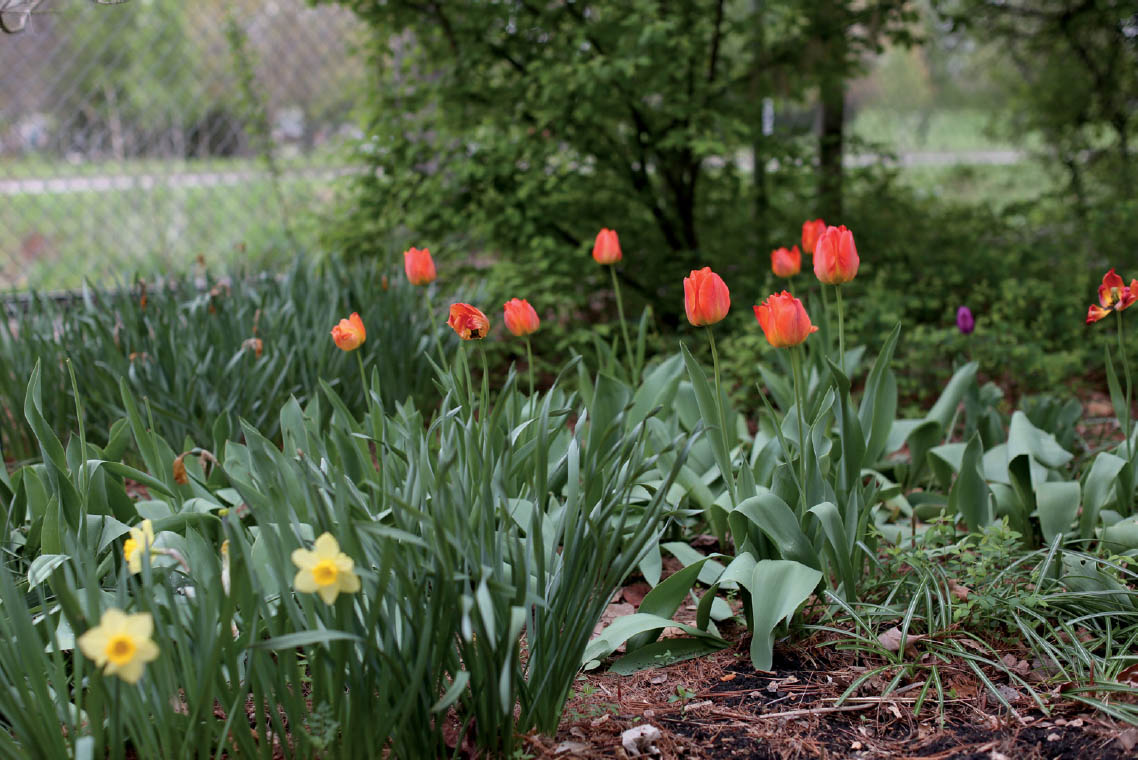
I.3 The simple point-and-shoot approach you may be familiar with often results in underwhelming images with little rhyme or reason.
